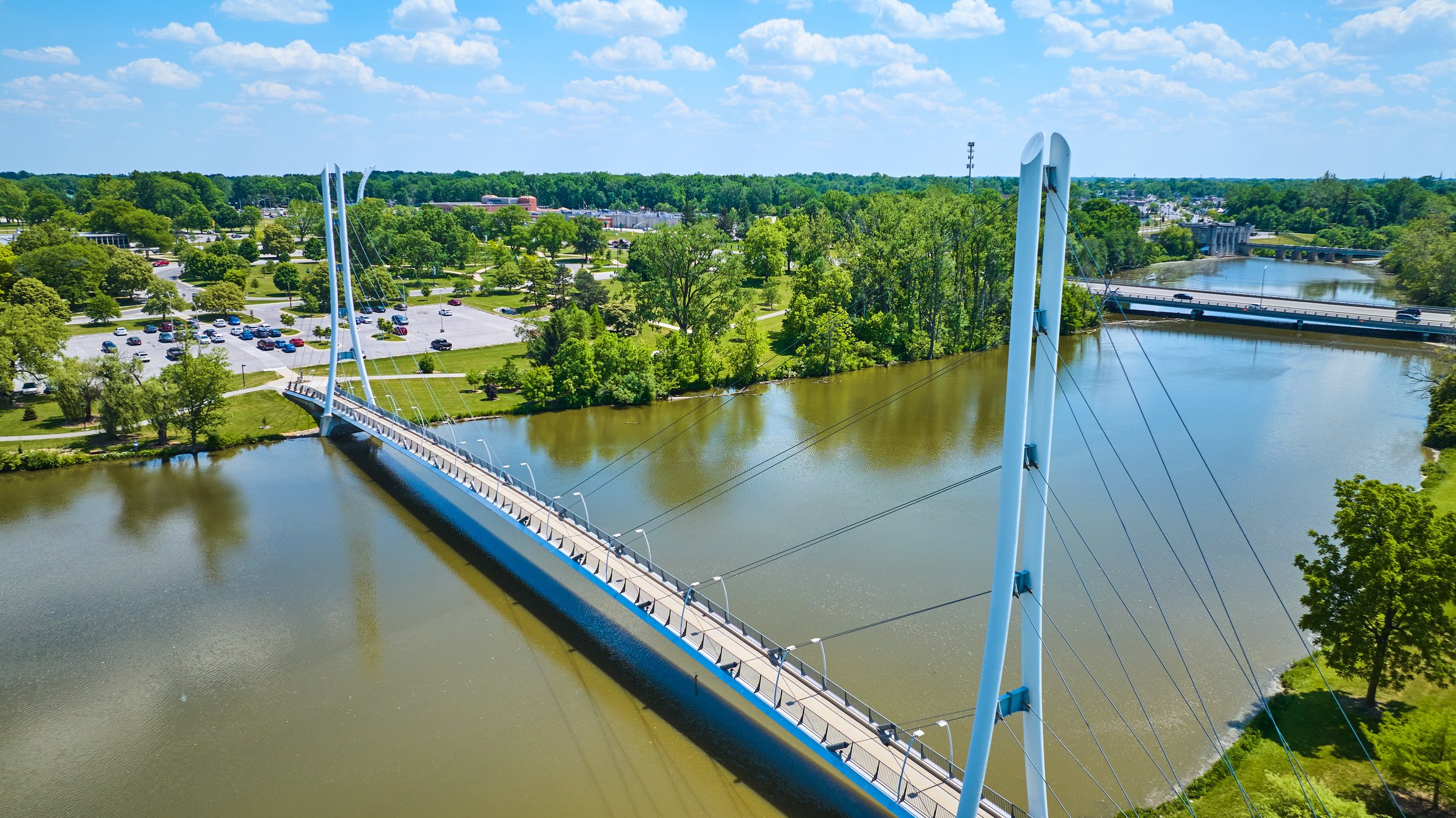
Elementary School Field Trips
Social Studies: Fort Wayne and Indiana History – Grades 3, 4, 5
A 45-minute, on-river adventure that meets Indiana DOE standards for Fort Wayne and Indiana History.
Fort Wayne and Indiana History Standards: 3.1.1-9; 4.1.1-5; 5.1.3-7; 3.3.2; 4.3.9+10; 5.3.4, 5, 10; 3.3.11; 4.4.3; 5.4.1
Primary Topics:
Native inhabitants and Fort Wayne settlements/villages and lifestyle
Settlers and trade developments in Northeast Indiana
Wabash and Erie Canal, development and route through Fort Wayne
Early Indiana economy and statehood
Vocabulary and Fun Facts
Resources:
Routes & Highlights
Vocabulary
Fun Fact Quiz | Fun Fact Quiz Answers
Educational Resources
Adaptive Elementary Education Experience – Social Studies
(Funded by AWS Foundation)
These field trips are low stimulation in a calming environment covering a variety of social studies topics.
To better prepare students for this visit, we have some introductory videos that prepare new riders for a Sweet Breeze experience.
Sweet Breeze is accessible to all, including onboard restroom facilities and walkways/ramps.
AWS Foundation funds adaptive field trips at no cost to students.

